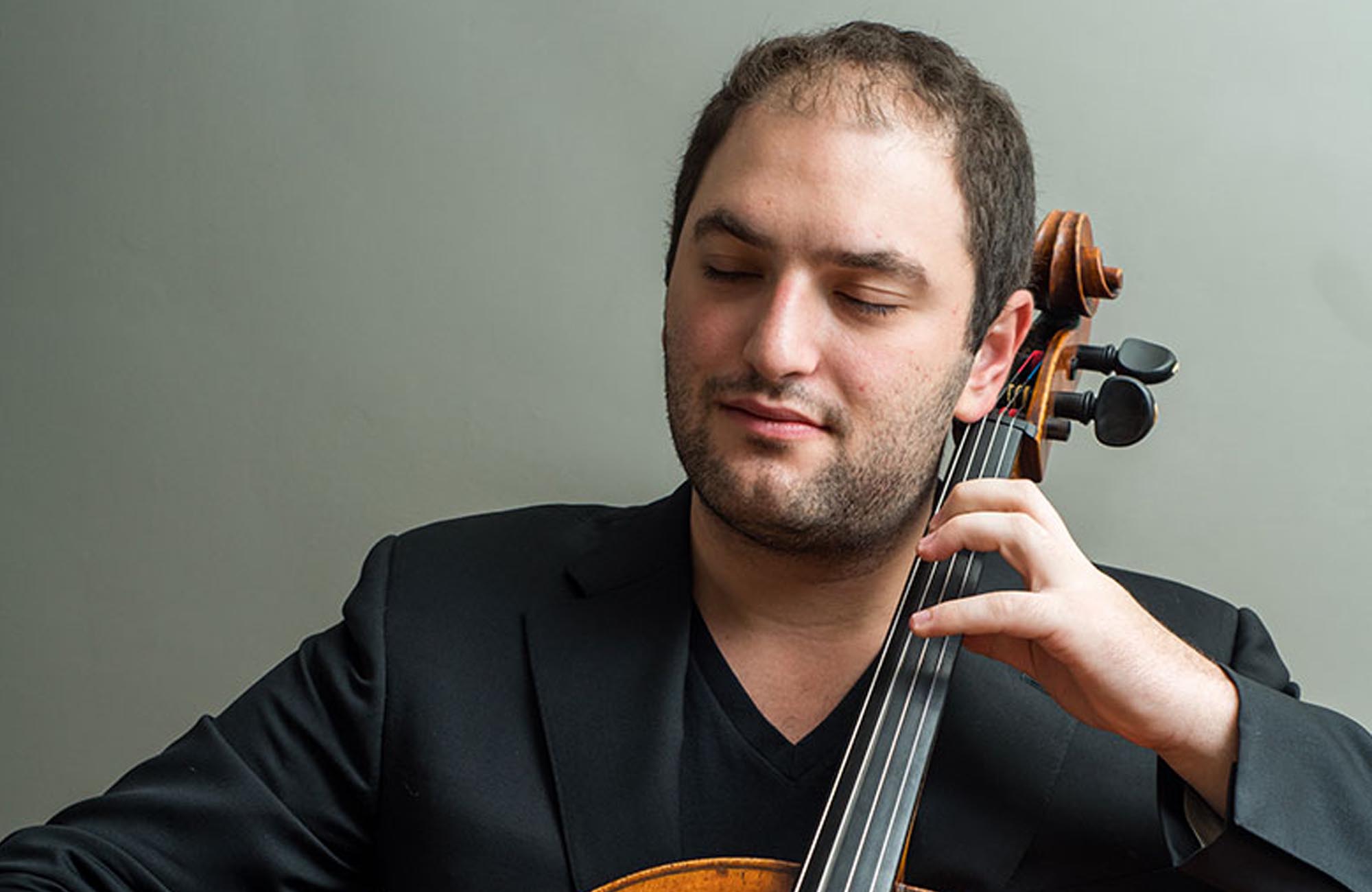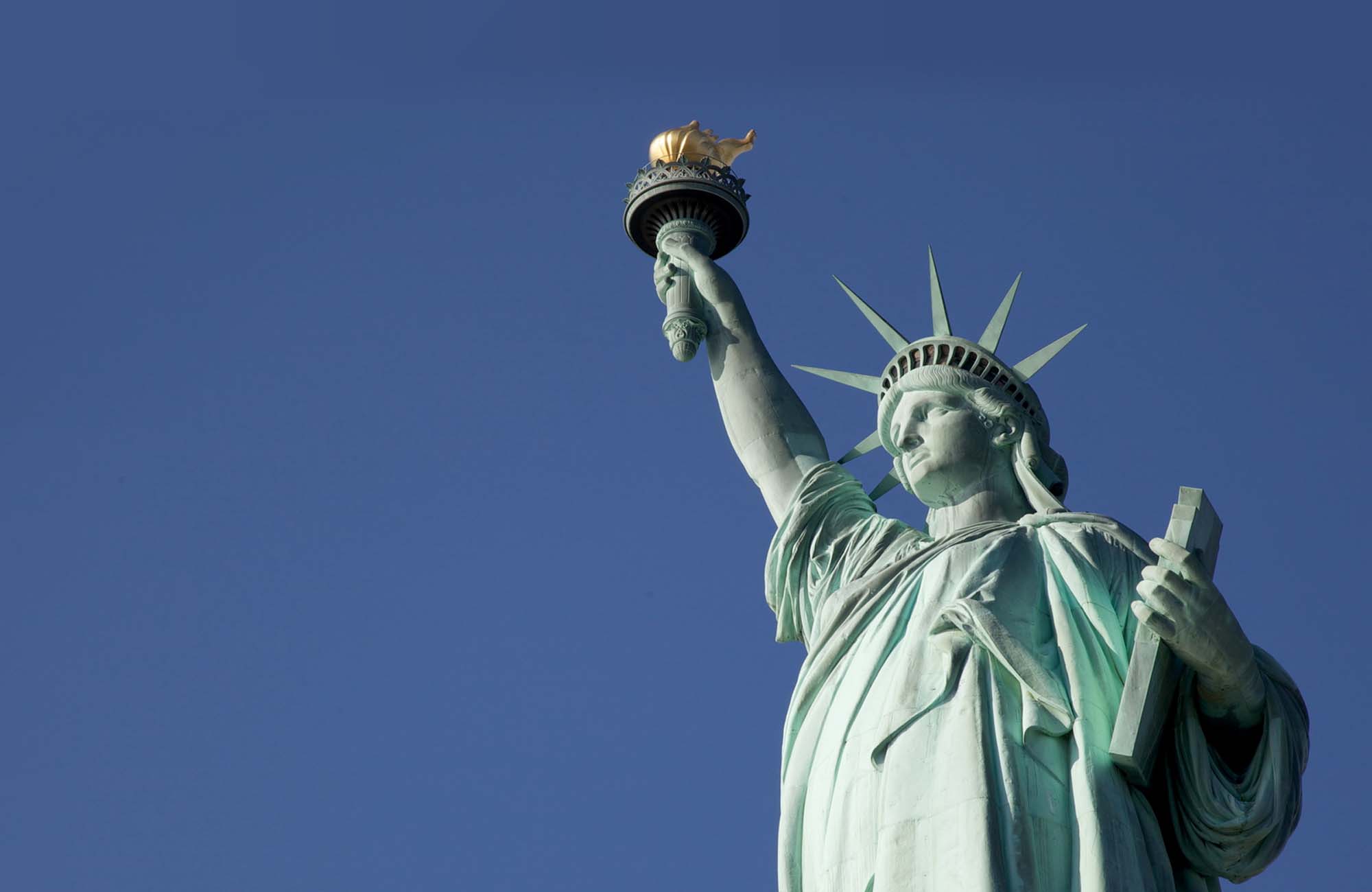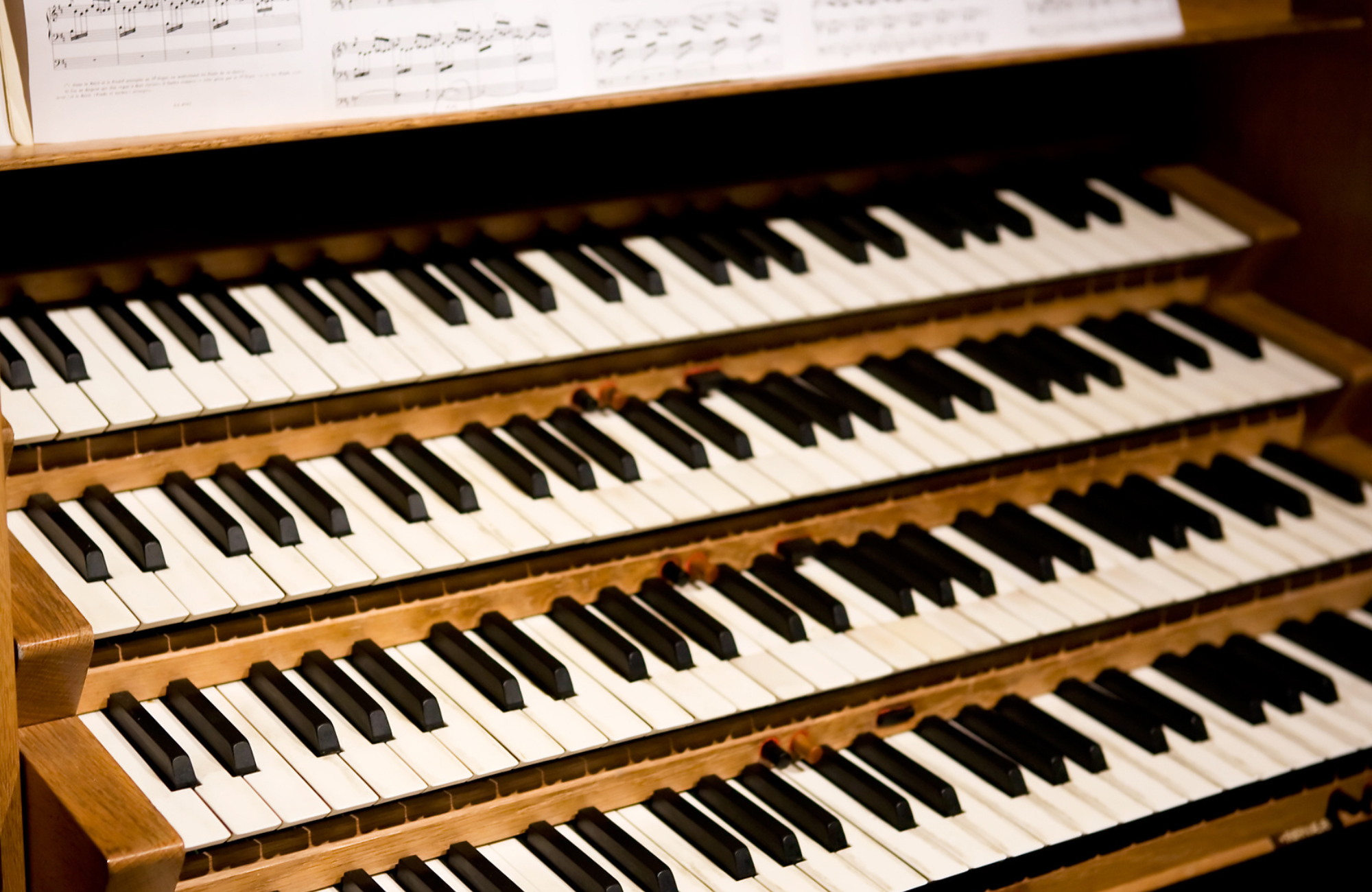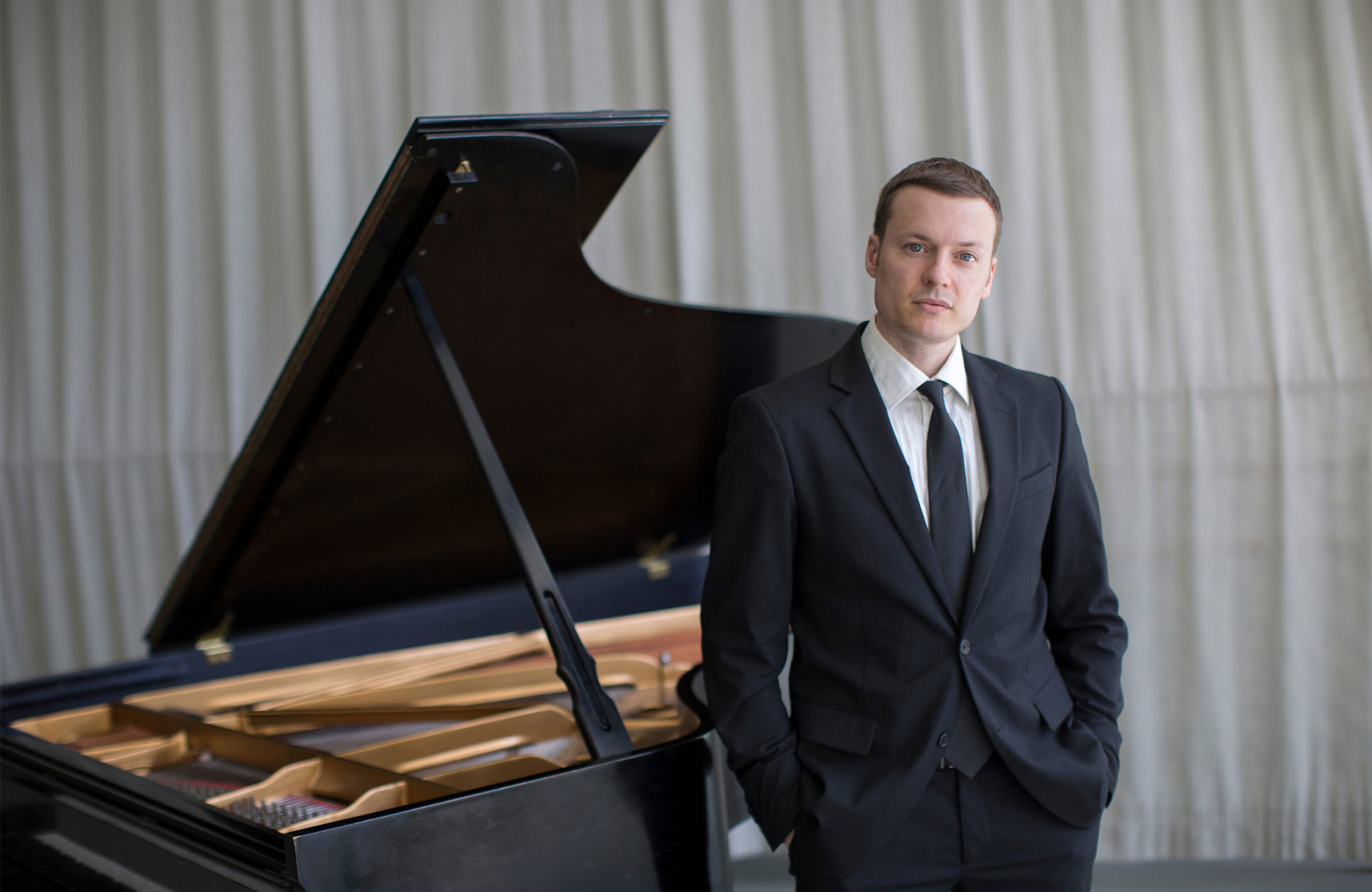Ellis Island: The Dream of America is a multi-media concert piece that features the stories of seven immigrants from the first half of the 20th century.
This concert is presented in partnership with Syracuse Stage.
SPECIAL EVENT!
Join Symphoria and Interfaith Works on Friday, February 14, 2020 for a Community Conversation and Breakfast celebrating Ellis Island: The Dream of America and Syracuse’s New American and Refugee Communities.
This event is FREE, and includes a light breakfast and coffee. No RSVP required.
7:45 AM breakfast and mingling
8:00 – 9:15 AM presentation with guest speakers from InterFaith Works’ Spirit of America and Symphoria
PROGRAM
STRAVINSKY: Star Spangled Banner ![]()
ELGAR: Concerto, Violoncello, op.85, E minor ![]()
BOYER: Ellis Island: The Dream of America ![]()
PROGRAM NOTES
Ellis Island: The Dream of America (2001–2002) is a video-enhanced work for actors and orchestra that incorporates, in their own words, the stories of seven representative American immigrants from the first half of the 20th century. Since more than a third of the current population of the United States has ancestors who came through Ellis Island, you might well expect that composer Peter Boyer (b. 1970) was drawn to the project because of a personal family history. In fact, he wasn’t. (Indeed, it was only while in the middle of working on it that he found out, coincidentally, that his ...
Ellis Island: The Dream of America (2001–2002) is a video-enhanced work for actors and orchestra that incorporates, in their own words, the stories of seven representative American immigrants from the first half of the 20th century. Since more than a third of the current population of the United States has ancestors who came through Ellis Island, you might well expect that composer Peter Boyer (b. 1970) was drawn to the project because of a personal family history. In fact, he wasn’t. (Indeed, it was only while in the middle of working on it that he found out, coincidentally, that his own great-grandfather had in fact come through that port of entry in 1912.) Rather, he was intrigued by something bigger, “the almost mythological dimension of these stories and of the fact that the Ellis Island immigrants, twelve million people who passed through, became an integral part of what the United States is today.” That search for the larger dimension meant—and this is unusual for a musical work—engaging in lengthy historical research: extensive work in the Ellis Island Oral History Project, which contains two thousand immigrant stories. Boyer started with a hundred of them, reduced the number to twenty and then to seven, and distilled each of those down to a few minutes that capture its essential character.
Only after writing (or, more accurately, editing) the words did he start to write the music—which means that the score, direct and powerful as it is on its own, always serves to enrich the text. After a substantial orchestral prologue, the seven stories are told (elucidated by what the composer describes as more lightly orchestrated musical commentary), with fuller orchestral interludes between them, ending with a recitation of “The New Colossus,” the Emma Lazarus poem at the base of the Statue of Liberty. Boyer skillfully provides different types of music appropriate to each individual (thus, mirroring musically what he calls the “American tapestry” of our heritage), but there is also a great deal of recurring thematic material which gives the work an overall unity.
Ellis Island was intended as an artistic celebration of historical immigration, rather than as a political manifesto. Even so, it has gotten entwined in the political upheavals of the 21st century. While he was composing it, the country was shaken by the events of 9/11; in the nearly two decades since then, with the immigration debates, “the piece has taken on a political dimension that was not what I intended for it.” You might think that the increasing national fractures would have made the work increasingly controversial; in fact, it seems that the power of Boyer’s creation based on these stories has transcended our national rifts. “Ellis Island wasn’t meant to be a commentary [on our current situation], but as we look back on these stories, it can say something that’s relevant: this is our history. What’s interesting is that in this very divided time in the United States, when our society is so polarized, the piece seems to resonate more strongly than ever, and it appears to appeal to people of all political persuasions.” There’s solid statistical evidence for his belief, since by the time of this performance, Ellis Island will have been performed over 230 times—something unheard of for a large-scale 21st-century piece. But we suspect that after hearing it tonight, you’ll have personal evidence as well. The composer admits that he still tears up at the stories, because they are so “powerful and moving.” And we are convinced that you too will be stirred.
Igor Stravinsky did not enter through Ellis Island; but like the immigrants who speak in Boyer’s piece, he was thankful to arrive in the United States in 1939, away from the looming war in Europe. In 1941 he offered a gift to show his gratitude, an orchestration—and slight reharmonization—of The Star-Spangled Banner. It was intended as a war-time morale-booster; in a letter to President Roosevelt, he noted that “It is a desire to do my bit in these grievous times toward fostering and preserving the spirit of patriotism.” But early listeners were taken aback, and it was briefly banned in Boston (there’s even an urban legend, entirely false, that the composer was arrested). Over the years, whatever shock value it had then has been muted, and it now stands as a personal, yet respectful, illumination of a cultural monument.
Between these two pieces, both looking optimistically forward to a better future, we have a work looking regretfully backward: the Concerto for Cello and Orchestra composed in 1918-19 by Sir Edward Elgar (1857–1934). The regret is easy to understand. First, it was nourished by Elgar’s recognition of personal mortality: he had just gotten out of the hospital when he began it, and his beloved wife Alice was dying of lung cancer as he wrote it. Second, there was his growing realization that, having briefly been the standard-bearer for modern English music, his renown was fleeting—that in the wake of the radical works of Stravinsky, Schoenberg, and others, his Edwardian idiom was increasingly scorned as old-fashioned. Most important, the First World War had destroyed the Europe—indeed, the world—that he knew. Whether it was a conscious intention or not, the Cello Concerto turned out to be his farewell to composing; although he wrote a few snippets afterwards, this was his last substantial work.
Elgar was right that the Europe he knew was gone, but he was wrong about his own place in the musical pantheon. Fame operates in pendulum swings, and Elgar’s world-wide reputation is now, perhaps, even greater than at any point during his life. And in the century since its premiere (a disaster, like the first performances of so many masterpieces), the Cello Concerto has become a staple of the repertoire. It’s written in four movements (two sections of two movements each). And from the very opening—a plaintive recitative by the soloist with barely any orchestral support, followed by a theme introduced by the darkly tinted orchestral violas—it’s got, in conductor Larry Loh’s words, “what we love about Elgar, his ability to write heart-wrenchingly beautiful melodies.” As it follows its course, the concerto goes through a wide gamut of emotions (most profound in the third-movement Adagio); and it gives the soloist, especially in the rapid-fire second movement, plenty of room for virtuoso display. But even in the heroic affirmation of the final pages, ushered in by a return of that opening recitative, the nostalgia lingers in the air. In the aftermath, it’s easy to understand why it has come to be seen as perhaps the great 20th-century cello concerto.
Peter J. Rabinowitz
Have any comments or questions? Please write to me at prabinowitz@ExperienceSymphoria.org
FEATURED ARTISTS

Julian Schwarz has been heralded from a young age as a cellist destined to rank among the greatest of the 21st century, Julian’s powerful tone, effortless virtuosity, and extraordinarily large color palette are hallmarks of his style.
After making his concerto debut at the age of 11 ...
Julian Schwarz has been heralded from a young age as a cellist destined to rank among the greatest of the 21st century, Julian’s powerful tone, effortless virtuosity, and extraordinarily large color palette are hallmarks of his style.
After making his concerto debut at the age of 11 with the Seattle Symphony, he made his US touring debut with the Moscow Radio Symphony Orchestra in 2010. Since being awarded first prize at the inaugural Schoenfeld International String Competition in Hong Kong, he has led an active career as soloist, performing with the symphony orchestras of Annapolis, Arizona, Boise, Buffalo, Charlotte, Columbus, Delaware, Des Moines, Hartford, Jacksonville, Louisville, Memphis, Modesto, Omaha, Puerto Rico, Richmond, Rochester, San Antonio, San Jose, Sarasota, Syracuse, Toledo, Tucson, Virginia, West Virginia, Wichita, and Winston-Salem, among many others. Internationally, he made his Australian debut with the Queensland Symphony, his Mexican debuts with the Boca del Rio Philharmonic in Veracruz and the Mexico City Philharmonic with frequent collaborator Jorge Mester.
As a chamber musician, Mr. Schwarz performs extensively in recital with pianist Marika Bournaki. In 2016 Schwarz & Bournaki were awarded first prize at the inaugural Boulder International Chamber Music Competition’s “The Art of Duo”, and subsequently embarked on an extensive 10-recital tour of China in March 2017. Mr. Schwarz is a founding member of the New York based touring ensemble “Frisson” and was recently appointed the newest core member of the Olmos Ensemble in San Antonio, TX. He is a member of the Palladium Chamber Players (St Petersburg FL), the Alaria Ensemble (New York NY), and has given over 100 performances at Brooklyn’s Bargemusic. He has appeared at the Cape Cod Chamber Music Festival, Orcas Island Chamber Music Festival, Seattle Chamber Music Festival, Josef Gingold Chamber Music Festival, Verbier Festival, and the Salzburg Mozarteum. In addition, he runs programming for the Tuesday evening chamber music series at the Eastern Music Festival in Greensboro, NC.
Mr. Schwarz is deeply committed to the future of American music, and will present the world premiere of Jennifer Higdon’s first Cello Concertro with a large consortium of orchestras spring 2026. His championing the cello music of Arthur Foote will result in the first commercial recording of Foote’s Cello Concerto (1894) with the Buffalo Philharmonic, to be released on the Delos label. Past commissioning projects include concertos by Lowell Liebermann (recorded with the Annapolis Symphony for release in 2025), Richard Danielpour, and Samuel Jones (recorded with the All Star Orchestra for public television in 2012, subsequently released as a DVD on Naxos). Other premieres include recital works by Paul Frucht, Scott Ordway, Jonathan Cziner, Gavin Fraser, Alex Weiser, Ofer Ben-Amots, Michael Ippolito, chamber music by Adolphus Hailstork, Henri Lazarof, Jonathan Newman, Bright Sheng, and the US Premiere of Dobrinka Tabakova’s Cello Concerto. Of special note is Mr. Schwarz’s ongoing commitment to the music of Jewish experience, including projects with the YIVO Institute for Jewish Research (music of Joachim Stutschewsky and his circle), the Defiant Requiem Foundation (music of Holocaust composers and their influence) Central Synagogue (yearly feature on Jewish Broadcasting), the Milken Archive of American Jewish Music—for which he has recorded the complete cello/piano works of Ernest Bloch, and a new association with South Florida Public Broadcasting to raise awareness of the history of Jewish music.
A devoted teacher, Mr. Schwarz serves as Associate Professor of Cello and String Area Coordinator at Shenandoah Conservatory of Shenandoah University (Winchester, VA), and on the artist faculty of NYU’s Steinhardt School of Music. In the summer, he teaches and performs at the Eastern Music Festival and the Josef Gingold Festival. In 2023, he was one of the first cellists to record pedagogical tutorials for the online teaching platform Tonebase, including comprehensive examinations of the Elgar Concerto, Piatti Caprices, tone production, and vocal elements in cello playing. As a writer, he has contributed frequently to Strings Magazine’s Artist Blog, has written learner’s guides for The Violin Channel, and has edited a series of Ernest Bloch editions with written prefaces for Carl Fischer Publishing. Past faculty appointments include artist-in-residence at the Lunenburg Academy of Music Performance (Nova Scotia, Canada) and faculty teaching assistant to Joel Krosnick at The Juilliard School.
Born in Seattle, WA in 1991 to a multigenerational musical family, Mr. Schwarz studied at the Academy of Music Northwest and the Lakeside School. He continued to the Colburn School in Los Angeles under Ronald Leonard, and then moved to New York City to study with mentor Joel Krosnick at The Juilliard School (BM 14, MM 16). Other influential teachers include the late David Tonkonogui, the late Toby Saks, the late Lynn Harrell, Neal Cary, and chamber music mentors Andre Roy, Arnold Steinhardt, Jonathan Feldman, Toby Appel and Paul Coletti. Julian plays a Neapolitan cello made by Gennaro Gagliano in 1743 and American bows by Paul Martin Siefried. A Pirastro and Melos artist, he endorses and plays the “Perpetual” medium and edition sets of cello strings and Melos light rosin.
Julianschwarz.com

Founded in 1975, the Syracuse University Oratorio Society is a large chorus comprised of Syracuse University students and community members that regularly performs choral-orchestral masterworks with the Syracuse Orchestra. The Oratorio Society has been directed by John Warren, professor of music and director of choral activities, since 2011.
Founded in 1975, the Syracuse University Oratorio Society is a large chorus comprised of Syracuse University students and community members that regularly performs choral-orchestral masterworks with the Syracuse Orchestra. The Oratorio Society has been directed by John Warren, professor of music and director of choral activities, since 2011.

Described as bringing an “artisan storyteller’s sensitivity… shaping passages with clarity and power via beautifully sculpted dynamics… revealing orchestral character not seen or heard before” (Arts Knoxville) Lawrence Loh enjoys a dynamic career as a conductor of orchestras all over the world.
After an extensive two ...
Described as bringing an “artisan storyteller’s sensitivity… shaping passages with clarity and power via beautifully sculpted dynamics… revealing orchestral character not seen or heard before” (Arts Knoxville) Lawrence Loh enjoys a dynamic career as a conductor of orchestras all over the world.
After an extensive two year search, Lawrence Loh was recently named Music Director of the Waco Symphony Orchestra beginning in the Spring of 2024. Since 2015, he has served as Music Director of The Syracuse Orchestra (formerly called Symphoria), the successor to the Syracuse Symphony Orchestra. “The connection between the organization and its audience is one of the qualities that’s come to define Syracuse’s symphony as it wraps up its 10th season, a milestone that might have seemed impossible at the beginning,” (Syracuse.com) The Syracuse Orchestra and Lawrence Loh show that it is possible to create a “new, more sustainable artistic institution from the ground up.”
Appointed Assistant Conductor of the Pittsburgh Symphony in 2005, Mr Loh was quickly promoted to Associate and Resident Conductor within the first three years of working with the PSO. Always a favorite among Pittsburgh audiences, Loh returns frequently to his adopted city to conduct the PSO in a variety of concerts. Mr. Loh previously served as Music Director of the West Virginia Symphony Orchestra, Music Director of the Northeastern Pennsylvania Philharmonic, Artistic Director and Principal Conductor of the Syracuse Opera, Music Director of the Pittsburgh Youth Symphony Orchestra, Associate Conductor of the Dallas Symphony Orchestra, Associate Conductor of the Colorado Symphony Orchestra and Music Director of the Denver Young Artists Orchestra.
Mr. Loh’s recent guest conducting engagements include the San Francisco Symphony, Dallas Symphony, North Carolina Symphony, Baltimore Symphony, Sarasota Orchestra, Florida Orchestra, Pensacola Symphony, Atlanta Symphony, National Symphony, Detroit Symphony, San Diego Symphony, Seattle Symphony, National Symphony (D.C.), Utah Symphony, Rochester Philharmonic, Indianapolis Symphony, Calgary Philharmonic, Buffalo Philharmonic, Albany Symphony and the Cathedral Choral Society at the Washington National Cathedral. His summer appearances include the festivals of Grant Park, Boston University Tanglewood Institute, Tanglewood with the Boston Pops, Chautauqua, Sun Valley, Shippensburg, Bravo Vail Valley, the Kinhaven Music School and the Performing Arts Institute (PA).
As a self-described “Star Wars geek” and film music enthusiast, Loh has conducted numerous sold-out John Williams and film music tribute concerts. Part of his appeal is his ability to serve as both host and conductor. “It is his enthusiasm for Williams’ music and the films for which it was written that is Loh’s great strength in this program. A fan’s enthusiasm drives his performances in broad strokes and details and fills his speaking to the audience with irresistible appeal. He used no cue cards. One felt he could speak at filibuster length on Williams’ music.” (Pittsburgh Tribune)
Mr Loh has assisted John Williams on multiple occasions and has worked with a wide range of pops artists from Chris Botti and Ann Hampton Callaway to Jason Alexander and Idina Menzel. As one of the most requested conductors for conducting Films in Concert, Loh has led Black Panther, Star Wars (Episodes 4-6), Jaws, Nightmare Before Christmas, Jurassic Park, Casablanca, The Wizard of Oz and Singin’ in the Rain, among other film productions.
Lawrence Loh received his Artist Diploma in Orchestral Conducting from Yale, his Masters in Choral Conducting from Indiana University and his Bachelor of Arts from the University of Rochester. Lawrence Loh was born in southern California of Korean parentage and raised in Carlisle, Pennsylvania. He and his wife Jennifer have a son, Charlie, and a daughter, Hilary. Follow him on instagram @conductorlarryloh or Facebook at @lawrencelohconductor or visit his website, www.lawrenceloh.com





